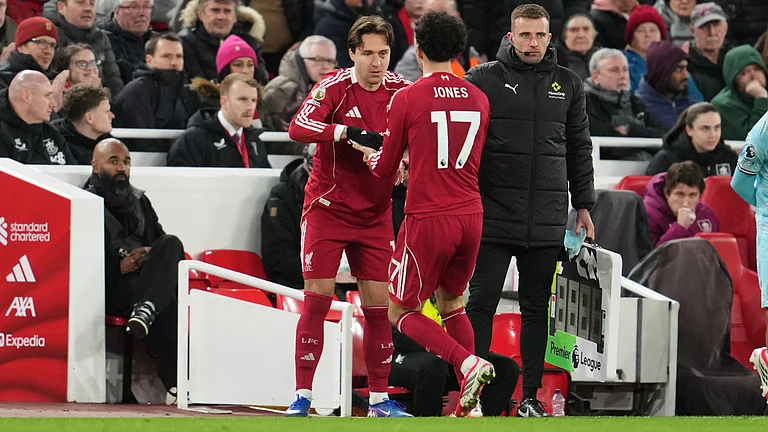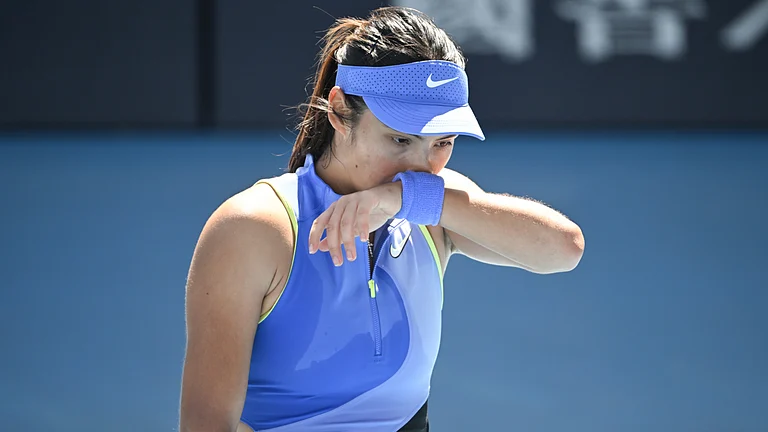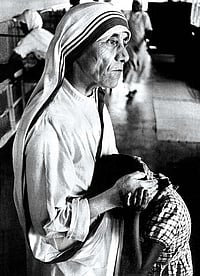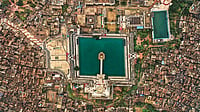I took these photographs in 1971 as millions of refugees were pouring into India. The Bangladesh war of independence had just come to an end. Some 90,000 Pakistani soldiers under the command of Gen Niazi had surrendered. May I say this now, I was just five years old as a photographer in 1971, and without much experience. The sense of tragedy, the suffering of millions captured in these images, I had no clue then how it’d turn out. I was intensely involved, of course, but mostly I was trying to document the event as a faithful witness. The fallout of the war was beyond anyone’s imagination but at the time, while capturing it on camera, there was no time to think that the scale of suffering was unparalleled in the history of human tragedies.
A few of these photographs were published then but the rest were packed and sealed in a box. While shifting office (4-5 times in the last four decades), the negatives were misplaced and never saw the light of day. Suddenly, late last year my assistant pulled out a box, complete with nicely sealed and preserved negatives. I was extremely excited. The scanning of some of the important images took us a week. I didn’t know it then but it is, I believe, a photo history of a nation about to be born.
I remember the time vividly. There had been news trickling in that the stream of refugees coming in from East Pakistan had turned it into a flood. Day by day, it was taking the shape of a huge exodus. I arrived in Calcutta by a morning flight and drove straight to Jessore Road leading to the border of what is now Bangladesh. It was August and the monsoon was at its peak, a deep grey sky, raining all the time. The border was overflowing from all sides, refugees with their meagre belongings pouring in. There were a few on bullock carts, most were on foot soaked in the rain. There was a kind of muted, shared silence in the suffering—nobody was talking. Perhaps they were too tired, perhaps they knew their stories were the same, that there was nothing the others did not know or wanted to hear.
The village next to the border on the Indian side, Bangaon, was too small to accommodate the thousands pouring in. People had come with nothing—they needed food, clothing, some place out of the relentless rain to rest their tired bodies. Some of the early, lucky ones found refuge in the sewage pipes on the roadside. It was especially trying for the old people and children, the miles longer, the camps still in disarray. A few days later after I returned home I remember sitting with my then three-year-old son, looking at some of the images. A pained expression must have crossed my face and my son asked me “why”. I didn’t have an answer then, I still don’t have an answer now.
























